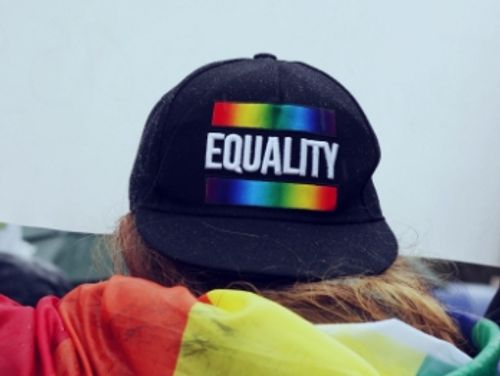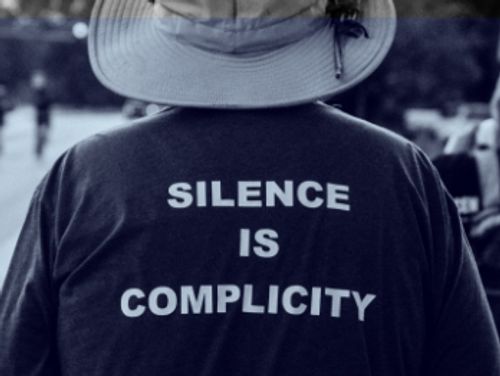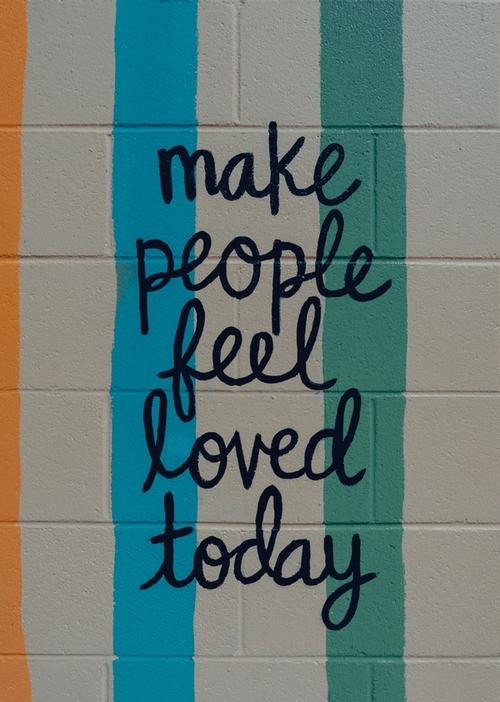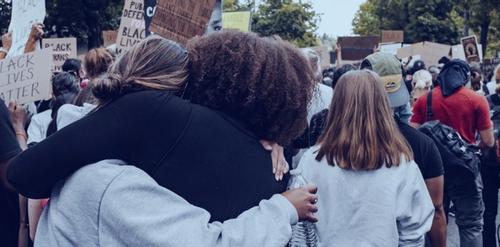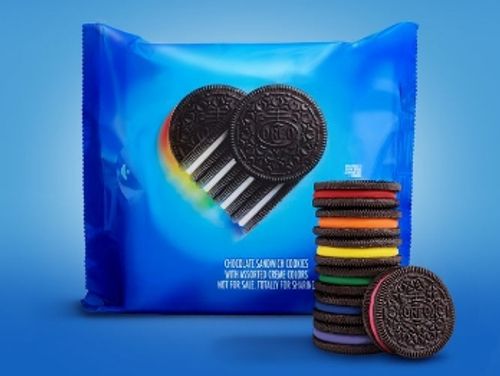“People fail to get along because they fear each other; they fear each other because they don’t know each other; they don’t know each other because they have not communicated with each other.”
Martin Luther King Jr.
As the tumultuous year of 2020 nears a far-from-normal finale, historic events of social unrest, racial strife, global illness, and political division invite a question of whether our shared new normal is to be one of tension and oppression, or perhaps we have hit a nadir, and a modern-day renaissance will now begin to emerge.






